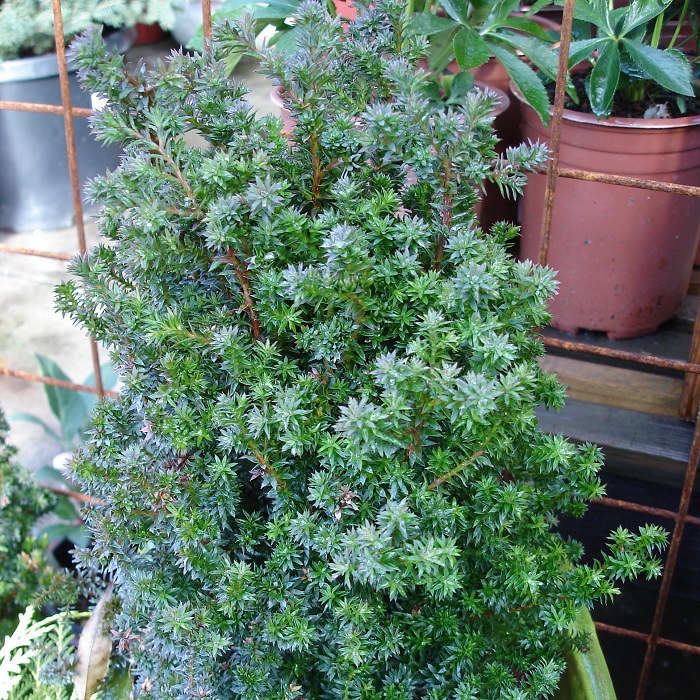UNITED STATES—There are fewer fireplaces after every significant earthquake. Removal of a damaged chimney is probably more practical than repair, particularly if the fireplace does not get much use anyway. Wood stoves sometimes get removed simply because they are in the way. Modern building codes forbid their return once they are gone, and also forbid them in new construction.
The few surviving fireplaces and wood stoves do not get used as regularly as they used to. It seems that no one is around the home long enough to tend to a fire. Orchards that provided so much affordable firewood as they were being removed for urban development are gone now. The outskirts of town, where trees and woodlots might be found, are now more than a short drive away.
Firewood can still be purchased from tree service businesses that must dispose of the wood that their work generates. Because such firewood is a byproduct of urban forestry, it is an unpredictable mix of all sorts of urban trees, and must be procured early in the year to be seasoned by autumn and winter. It is now much too late to purchase green firewood for this winter.
Almost all types of urban firewood are comparable to more traditional types. A few types deposit more residue in chimneys, so that chimneys need to be cleaned more frequently. Firewood from woodlots can be surprisingly more expensive; but it burns cleaner, and is already seasoned. Many woodlots would be pleased to deliver firewood that is ready to burn now.
Firewood is perishable, so only slightly more than enough for one year should be procured annually. Any leftovers can rot if left out in the weather too long. Firewood last longer in a shed or garage, but takes up too much space, and can be attractive to rodents.
Synthetic logs from the supermarket happen to be more efficient than real wood, and do not need to be seasoned. A single log burns longer and cleaner than a few real logs, and produces as much heat. However, they are individually very expensive, and are just not the same as real firewood.
Highlight: ‘Red Star’ Atlantic whitecedar
Is it red or white? Actually, it is neither. ‘Whitecedar’ is the common name for Chamaecyparis thyoides, which is a formidable coastal conifer from Maine to Mississippi. ‘Red Star’ is a much smaller garden variety. Its finely textured foliage is bluish green when it first emerges in spring, and can turn slightly purplish or bronzed gray if it gets cold enough in winter, but never turns red.
In more humid climates, ‘Red Star’ Atlantic whitecedar can eventually reach second story eaves, and can get half as broad. It rarely gets half as large locally, and can take quite a few years to do so. The slightly aromatic evergreen growth is densely conical, almost like a lumpy dwarf Alberta Spruce with an upwardly rounded underside. It can be a bit more sculptural if partially shaded.
Even without pruning, ‘Red Star’ Atlantic whitecedar is symmetrical enough for formal landscapes. Alternatively, it can add a bit of formality to relaxed landscapes. Although it is slow to provide privacy, it works nicely as an unshorn hedge. If somewhat crowded in a row, it grows taller faster. Shorn hedges lack natural form, but can recover their natural texture between shearing.







